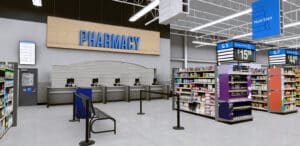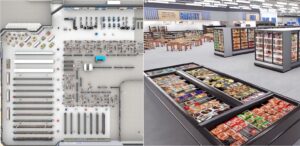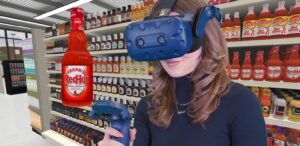What is Digital Twin Technology and How it helps Retail 2023
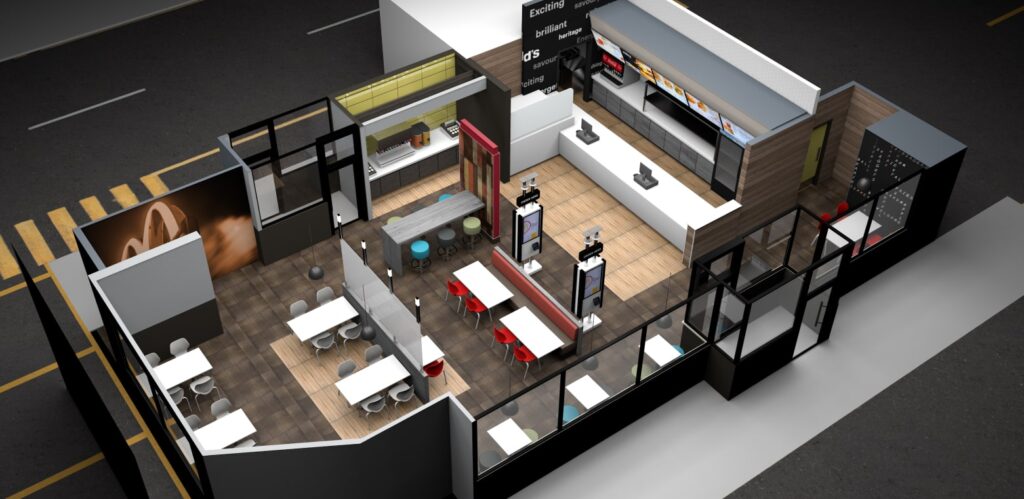
Digital twins in the retail industry are virtual replica stores that can help retailers reduce costs, improve efficiency, and increase productivity.
The term digital twin has entered the vocabulary of retail industry experts and leaders. But what does it mean?
We will explore the definition, use cases, examples, softwares and common questions associated with digital twins and their relevance with the retail, consumer goods, and food and beverage industries.
Digital Twin Definition
A digital twin is a virtual replica of a physical object or system. They are created through digital twin modeling (also known as 3D modeling) that uses data collected from sensors and other sources. Digital twins can be used for a variety of purposes, including simulation, analysis, and optimization.
A retail digital twin is a virtual replica of a physical retail store, enabling retailers to simulate and optimize store operations in a virtual environment. In the retail industry, digital twins can be used to optimize store layouts, manage inventory, predict demand for specific products, and optimize the flow of goods through the supply chain. By creating a 3D digital twin of their store, retailers can gain insights into how their store functions and identify opportunities for improvement.
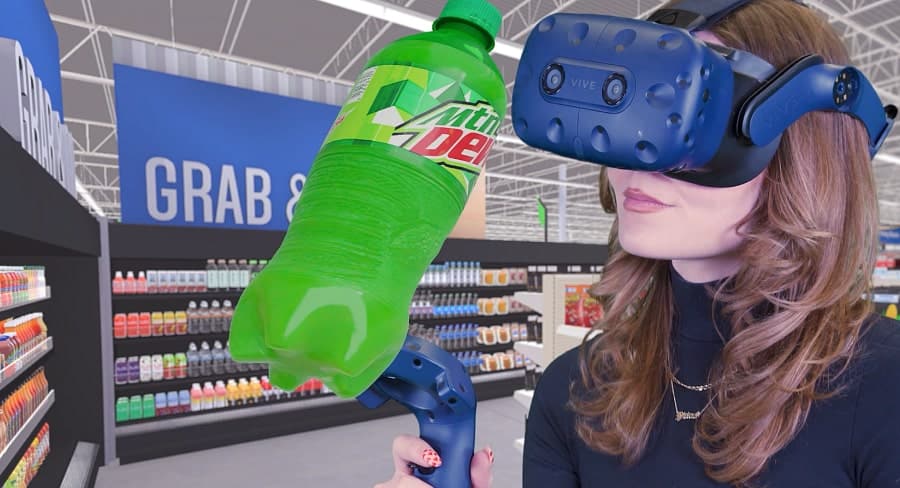
Digital Twin Use Cases
Here are some potential use cases for a retail digital twin:
- Merchandise planning: Brands and retailers can use digital product twins in a life-size virtual store with unlimited space to create realistic merchandising projects. It allows for infinite iterations of planograms and signage concepts using a fraction of the time and budget.
- Store layout optimization: Retailers can use a digital twin to experiment with alternative store layouts and see how they impact customer flow, product placement, and employee efficiency. Using virtual reality saves the time and cost involved with building out multiple concepts in physical stores.
- Asset management: Retailers and brands can use a digital twin 3D model library to readily introduce, access and update inventory during the store or category assortment planning process. By utilizing virtual products, fixtures and signage, organizations can unlock innovation potential within a virtual retail lab.
- Employee training: Retailers can improve knowledge retention and decrease costs of onboarding through virtual training. Digital twins can be used to train employees on store processes and procedures, such as how to implement programs and promotions or manage re-sets.
- Customer experiences: Retailers can use a digital twin to understand how customers interact with their store and identify opportunities to improve the in-store customer experience. The same assets can then be used to design and pilot virtual commerce concepts.
Overall, a retail digital twin can assist brands and retailers with delivering elevated shopper experiences, operational efficiencies and optimized assortments that deliver significant lift.
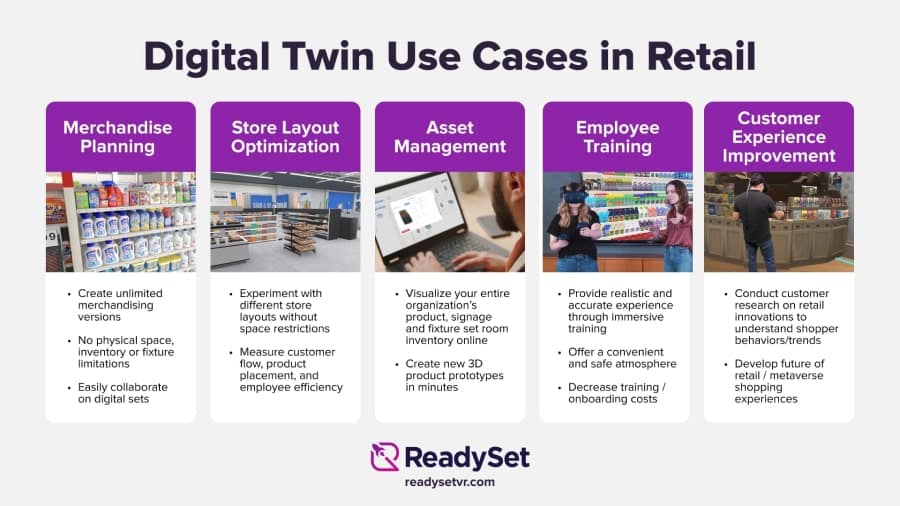
Download the infographic
Easily share this information with your team! Get a free download of ReadySet's "Digital Twin Use Cases in Retail" infographic.
Digital Twin Examples
It is difficult to identify specific retail digital twins that are being used, as many companies do not publicly disclose information about their digital twin projects. However, here are a few examples of retailers that have implemented digital twin technology:
- Walmart: The retail giant has implemented digital twins of its stores to optimize the layout and placement of products, as well as to predict demand for specific items and optimize the replenishment of inventory.
- Home Depot: The home improvement retailer has implemented digital twins of its stores to optimize the layout and placement of products, as well as to predict demand for specific items and optimize the replenishment of inventory.
- Target: The retail chain has implemented digital twins of its stores to optimize the layout and placement of products, as well as to predict demand for specific items and optimize the replenishment of inventory.
- Amazon: The online retailer has implemented digital twins of its fulfillment centers to optimize the flow of goods through the facility and improve efficiency.
These are just a few examples of retailers that have implemented digital twin technology. It is likely that many other retailers are also using digital twins in various applications.
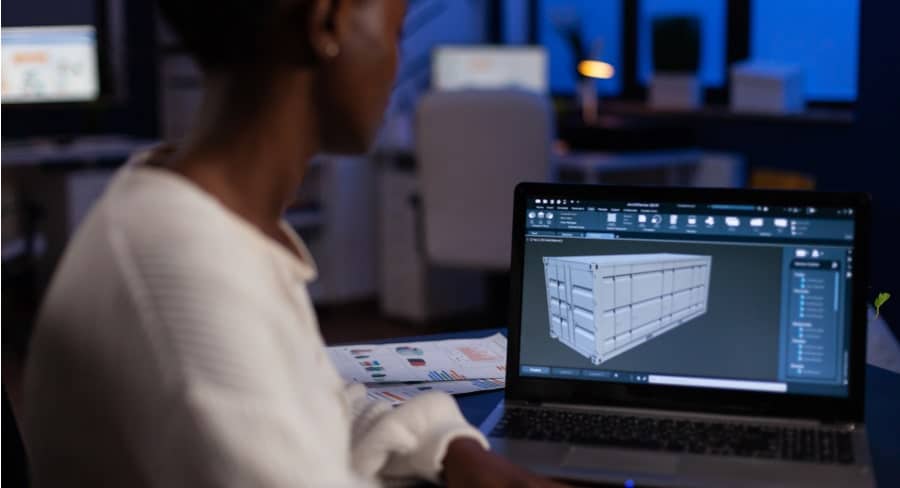
Digital Twin Software
There are many digital twin companies and it is important to find the one that focuses on your specific industry or application to ensure they will meet your needs.
ReadySet VR offers the best digital twin software for retailers and brands. They have an established in-house team of retail experts, developers and designers that carry out their digital twin building process. ReadySet supplies organizations with customizable digital twins of real-world retailers like Walmart, Target, Home Depot, McDonalds and more.
You’ll be able to realistically visualize your store innovations in life-size 3D and gather authentic consumer insights through immersive shopper studies. It allows brands and retailers to discover how ideas will perform in the physical world before any large investments are made.
Access all of your products or fixtures within the 3D model library, build digital planograms, design front end layouts, uncover real time data on shopper behaviors with eye-tracking research, present your ideas using real-time store tours and more. As your teams create experiences within the ReadySet digital twin platform, you are able to reference or edit any past projects and accumulate 3D assets for future use cases such as metaverse v-commerce.
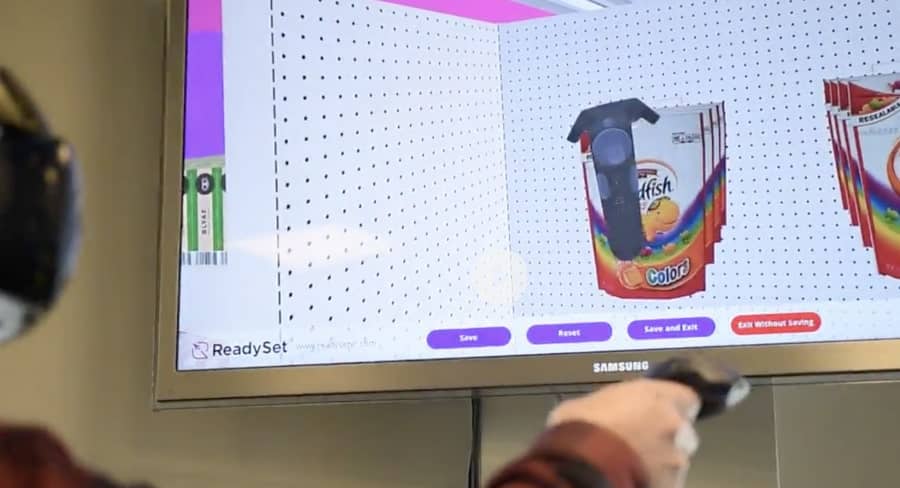
Digital Twin vs. Simulation
Digital twins and simulations are related but distinct concepts. A simulation is a computer-based model of a system or process that is used to predict how the system or process will behave under different conditions. A digital twin is a virtual representation of a physical asset or system that is used to optimize the design, operation, and maintenance of the physical system.
Simulations are often used to test the performance of a system or process under different conditions, such as different loads or inputs. Digital twins, on the other hand, are typically used to optimize the design and operation of a physical system by simulating its behavior in real-time and providing data-driven insights.
In summary, a simulation is a model of a system or process that is used to predict its behavior, while a digital twin is a virtual representation of a physical system that is used to optimize its design, operation, and maintenance.
Subscribe to our newsletter
Get our blogs and the latest retail news delivered to your inbox monthly.
Recent Posts
Pharmacy Merchandising Tech: 5 Powerful Ways to Boost OTC Sales
Here’s a staggering fact: Americans now buy over-the-counter (OTC) products 26 times a year-that’s 8x more often than they visit the doctor. With the OTC market exploding from 42 billion to 70 billion by 2033, the race is on for shelf space in 750,000+ stores. But here’s the problem, 44% of shoppers discover over-the-counter products…
How to Use 3D VR for Smarter Store Layout and Design
Explore how VR is revolutionizing grocery store layout and design planning by offering enhanced blueprint visualization in immersive 3D environments. Grocery store layout strategy is essential for establishing a positive and productive customer experience. A thoughtfully designed layout not only improves convenience but also fosters a sense of discovery, leading to longer, more enjoyable shopping…
Sauce & Condiment Sales Heat Up as New Tech Helps Out
Young Millennials and Gen Z consumers have fueled a boom in hot sauce trends and condiment sales. This surge is pushing leading brands and retailers to elevate their game with smarter virtual product innovation and assortment optimization. The condiment and hot sauce industry is thriving in 2024, driven by evolving consumer tastes and the growing…

